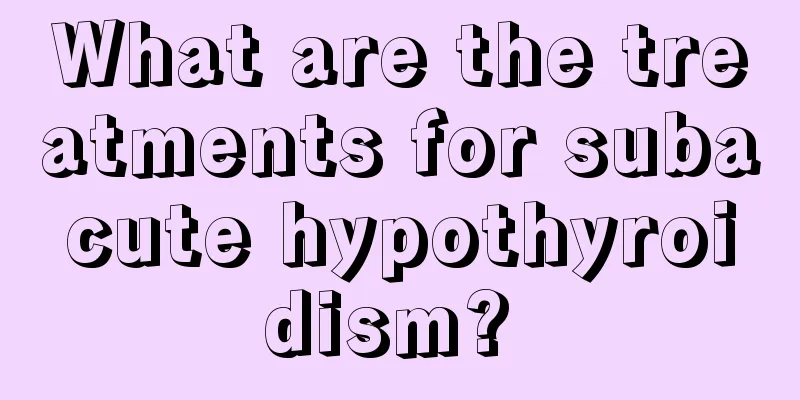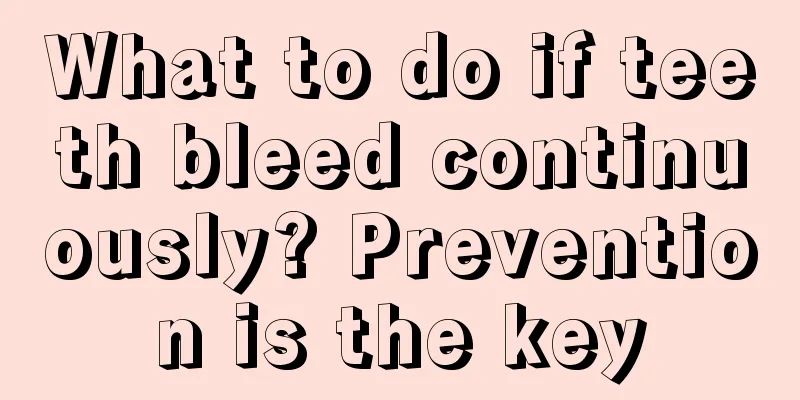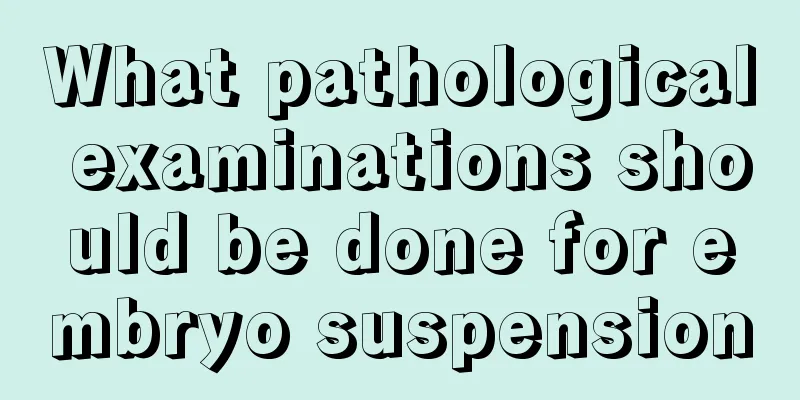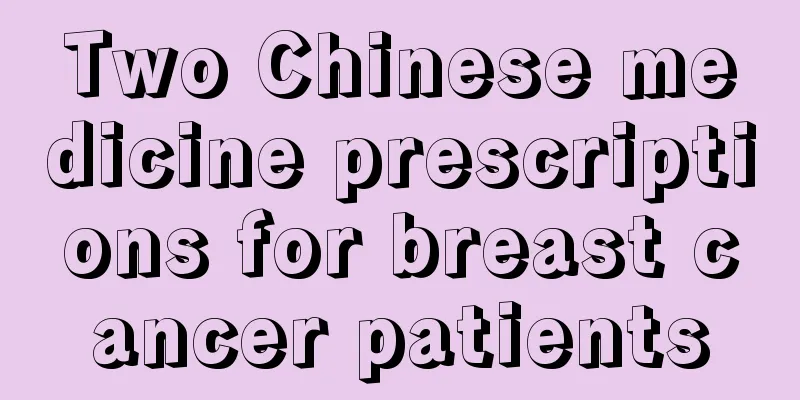What are the treatments for subacute hypothyroidism?

|
Subacute hypothyroidism may be unfamiliar to many people in life. It is a relatively common endocrine metabolic disease, which is more common in female friends. The incidence rate in women over 60 years old is 16%. Subacute hypothyroidism will not have particularly obvious symptoms in life, but if the disease is serious, it will affect many systems of the body. So how should subacute hypothyroidism be treated? treat There is still great disagreement on whether subclinical hypothyroidism requires thyroid hormone replacement therapy. Since this disease can easily transform into clinical hypothyroidism and has an adverse effect on the patient's health status, thyroid hormone can improve the patient's lipid metabolism, cardiac function and neuropsychiatric symptoms. Therefore, it is currently believed that early active treatment measures are worth recommending, especially for patients with subclinical hypothyroidism caused by HT, positive thyroid-specific antibodies, and TSH greater than 12mU/L. However, hormone replacement therapy should be used with caution in patients with severe heart disease. If the patient has not received thyroid hormone treatment, close follow-up and regular review of thyroid hormone profile and serum TSH are recommended. The goal of thyroid hormone replacement therapy is to effectively restore tissue thyroxine (T4) storage pools. The principle of medication is to obtain the best therapeutic effect with the smallest dose. The generally recommended dose is 1 to 1.7 μg/kg of levothyroxine per day, or 40 to 160 mg/day of thyroid tablets. The starting dose should be determined based on the patient's age, presence of comorbidities, and severity of the disease. Young patients without obvious clinical manifestations and comorbidities can use the full replacement dose initially. However, for the sake of caution, it is often recommended to start with a small dose, especially for the elderly and patients with cardiovascular diseases. On the basis of 25 μg of L-T4 per day, increase by 25 to 50 μg every 4 to 8 weeks. For patients with Graves' disease who have been treated with radioactive iodine, thyroid hormone should be used in smaller doses because of the presence of thyroid-stimulating antibodies in the patient's body and exogenous thyroid hormone may induce recurrence of hyperthyroidism. The efficacy of thyroid hormone treatment for subclinical hypothyroidism mainly depends on serum TSH. Generally, TSH and FT4 are reviewed 4 to 8 weeks after treatment, and it is recommended that the patient's TSH concentration reach normal levels within 3 to 4 months. Although thyroid hormone replacement therapy has many advantages, excessive hormone can cause subclinical hyperthyroidism, at which time patients may experience changes in cardiac function and abnormal bone density, especially in elderly patients and postmenopausal women. Therefore, the indications for replacement therapy should be strictly controlled clinically, and care should be taken to prevent excessive use of thyroid hormones. |
<<: What is the effective way to treat green stool?
>>: What are the symptoms of thrombotic thrombocytopenic purpura?
Recommend
Cervical cancer is usually related to your sex life
Cervical cancer is generally related to your sex ...
What is the reason for a black tongue
In fact, everyone has their own characteristics. ...
How did the small pimple on my neck come about?
1. Neck muscles The neck mainly has the following...
Which department is best for skin cancer
In fact, the incidence of skin cancer has always ...
Introduction to self-diagnosis methods for skin cancer
The diagnosis of skin cancer generally requires t...
The principle of using soapy water to repel mosquitoes
Summer is the season when mosquitoes are rampant....
Red spots on inner thigh
It is common to have red spots on the inner thigh...
There are 4 aspects to the treatment of pancreatic cancer
Pancreatic cancer is a common pancreatic tumor. I...
What harm does alcohol do to the skin
Alcohol is a common solvent in our daily life. It...
The role of cornstarch
Do you know what cornstarch is? This term is comm...
What are the symptoms of advanced lung cancer? Detailed description of clinical symptoms of advanced lung cancer
People have a lot of social engagements in the bu...
Introduction of anti-ovarian cancer drugs
Ovarian cancer is a type of tumor in the female r...
In the late stage of testicular cancer, we should also pay attention to nursing care
Everyone knows that once testicular cancer spread...
What disease is similar to uterine cancer?
Endometrial cancer patients are mostly elderly wo...
What to do if there is lymph node metastasis in advanced esophageal cancer without surgery
When patients with advanced esophageal cancer hav...









